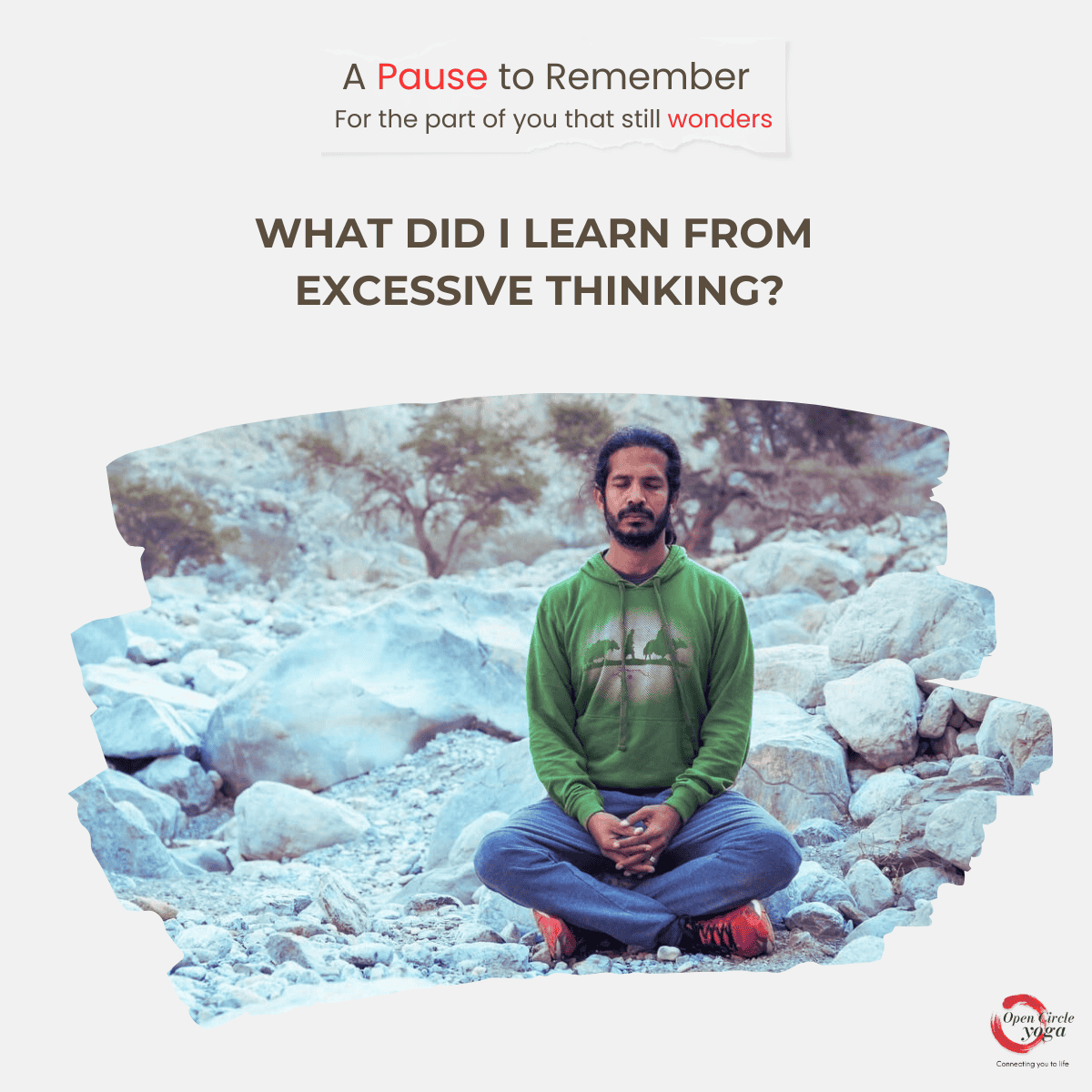What Did I Learn from Excessive Thinking?
The first time I realized the impact of daydreaming was one morning in the shower, preparing for a big day at work. I was so preoccupied with the tasks and consequences of fixing a major outage that I lost track of time. As the water ran down, I wondered how long I had been there, completely unaware. This incident shook me, making me realize how lost in my thoughts I had been.
Reflecting on this, I remembered many moments when I was similarly lost in thoughts during meetings, with family and friends, or while reading. I became curious about how this happens—the state of being there but not there. I started noticing others around me slipping into their dream worlds too. Sometimes, I had to call them back, and they would respond with a shy smile when I asked, "Where did you go?"
As I explored more on this topic especially after I became a meditation teacher, I noticed that escaping excessive thinking became a major interest among practitioners. Let me briefly explain how daydreaming happens technically and how simple practices can help deal with this.
Our brains have three ways of operating, each with its own unique utility:
- Daydreaming/Autopilot (Default Mode Network)
- Focused/Conscious (Central Executive Network)
- Present/Alert (Salience Network)
Of the above three, the favorite for the brain is daydreaming, as it is considered a rest mode where it has no specific task and it wanders freely to recharge itself. On the flip side, it costs a lot of energy for the brain to be in this mode as it triggers different emotions and is random. Also, the brain doesn’t know when to stop, so it’s exhausting. While the focused mode is intense and specific to one activity, it still consumes less energy due to staying on one task and not triggering various emotions. Of the three, the salience mode is the lowest consumer of energy as it just responds to stimuli and acts when necessary.
In yoga philosophy, the present/alert state is desired and practiced using meditation, as it is in this state that we are most connected with our surroundings, which is connecting to life itself. These practices are effective and help to sustain energy for better usage. If you want to explore more on this topic, hit me up, and we can discuss it further.
Sundar
Founder, Open Circle Yoga

